pv magazine Australia: How was demand for residential battery storage in Australia in 2019?
Nathan Dunn: I refer to 2019 as a steady state. I don’t believe there was any significant growth over 2018. The primary reason [as to] why I see it as being steady state is that there is not a lot of education being done with the end consumer in terms of the value that a battery can bring. A lot of people have taken the time to understand solar and understand the benefits that solar can deliver. Energy storage is still in its infancy.
It has been three or four years since energy storage became a big thing from a market perspective, so there is still a lot education that has to be done with end consumers. If you reflect on PV, that was the big thing that was happening in 2010 and earlier that decade – there was a lot of education and a lot of people being told what they need. Then the government stepped in and heavily subsidized it and the market went through the roof – no pun intended.
The effect of those [rooftop solar] subsidies, on reflection, was a bucket load of very small systems that people paid almost no money for. When it comes to talking about energy storage, it is clear that there is a huge amount of installed solar out there, the storage retrofit market, but the challenge is that there are a lot of small systems that aren’t big enough to add storage to.
What kind of growth do you expect this year?
A lot of the work has been done on a state-government level to drive demand for home batteries. We have seen an incentive scheme implemented in Queensland and a lot of states have learned from that implementation. That [Queensland program] has driven smaller energy storage systems, because it needed to be paired with PV and because they were provisioning for low-interest loans. We have the South Australian home battery scheme – that is a much more fluid incentive scheme.
Victoria has a solar rebate scheme, which has a component of subsidized energy storage, but they are following a staggered approach in the rollout and targeting the postcodes that are appropriate from a grid voltage perspective. The state that was perceived to be the laggard is now bringing some value to their constituents and are looking at – what I would call a hybrid scheme between Victoria’s and Queensland’s – is New South Wales (NSW). And they [the NSW government] have done an awesome job of consulting with the industry … we would hopefully see more people in NSW getting the opportunity to install battery storage.
What was the significance in achieving ‘Australian Made’ status [in October 2019]?
We can now talk to people about the application of sonnenBatteries across the Australian nation and also talk to the fact that there is a company out there that is producing the best energy storage device in the Australian market, that has touched Australian hands and is putting money back into the country. There is not one energy storage device [provider] on the market that can say that – they have distribution and sales entities and that is all well and good, but sonnen as a business has identified that we need to have production capabilities here. So, when people purchase sonnen, we create local jobs at our call center, and in technical support and sales roles.
How many employees does that mean?
Across Australia, we have 58 people working in production and logistics, our call center in Adelaide, to sales, marketing and management roles. About 60% of our production employees were ex-Holden [GM’s Australian subsidiary] employees. From sonnen’s perspective, we were able to identify talent that were looking for jobs in the marketplace after Holden had shut down [in 2017] and had a skill set from an advanced manufacturing perspective that were a good fit. When coupled with cleantech manufacturing, it really isn’t something that many people have stepped into in Australia.
And achieving Australian Made status, of course the lithium ion cells come from elsewhere – how was that achieved?
We have 50-plus local suppliers of various components from cables, cable trays, and sheet metal manufacturing and work that goes into the internals of the sonnenBatterie. Yes, the chemistry comes from overseas, but we’d love to purchase the chemistry locally, but there’s just not the facilities set up in Australia to allow us to do that. The way that we have been able to get to the Australian Made status was through the work of the production team in assembling the product and all the work we do with the local suppliers.
When it comes to manufacturing in South Australia, how do the costs compare to other sonnen production sites, like at sonnen’s home base of Wildpoldsried in southern Germany?
At the moment they are very similar. The opportunity that we have in South Australia is that we can do better as we start to put a little bit through from a volume perspective. The Wildpoldsried production, let’s just say we [in South Australia] have a better floorplan from a production perspective – so the whole production line starts at one end of the building and ends at the other. This isn’t the case in Wildpoldsried. I’m actually quite proud of the team, that in the space of only 12 months we have got to the place where we are as efficient and cost-effective as Wildpoldsried in 10 years. There are more steps for us to go to increase our efficiency and increase our performance, but the setup is that we can scale up to 12,000 batteries out of that manufacturing facility in one year and run at a cost that is comparable to what would have been done in Germany.
There are sizable lithium deposits in Australia and there is a lot of activity in developing them currently underway. There are some plans for cell production, but Australia is not known for that type of manufacturing. What chance do you give it?
I think there is an opportunity. But I’m not a betting man, so I won’t put a number on it. But I do think it would make sense to shorten the supply chain to some extent. I do scratch my head quite regularly and think that we do have significant lithium deposits in this country and at present we mine it and ship it overseas so it can be turned into a product that is being resold in Australia. We could invest in the development of manufacturing, and the production of an end product.
This article was originally published in the February print edition of pv magazine.
This content is protected by copyright and may not be reused. If you want to cooperate with us and would like to reuse some of our content, please contact: editors@pv-magazine.com.
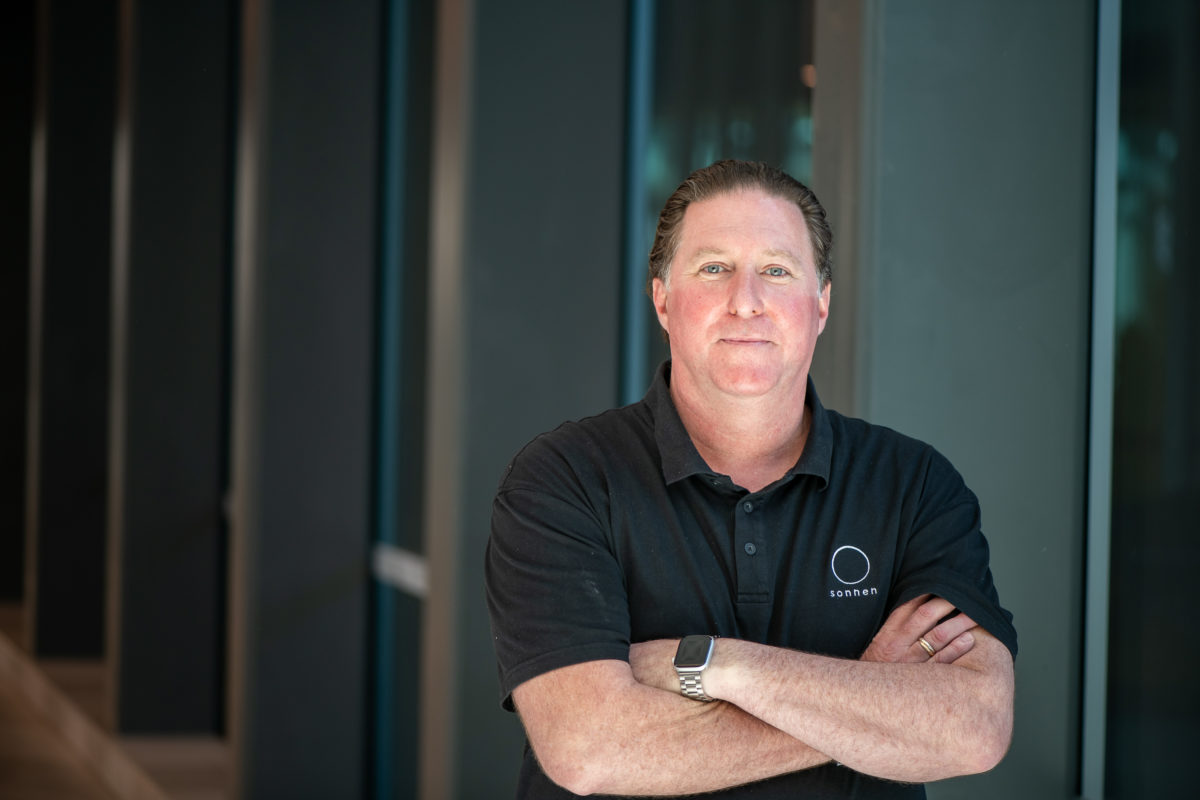
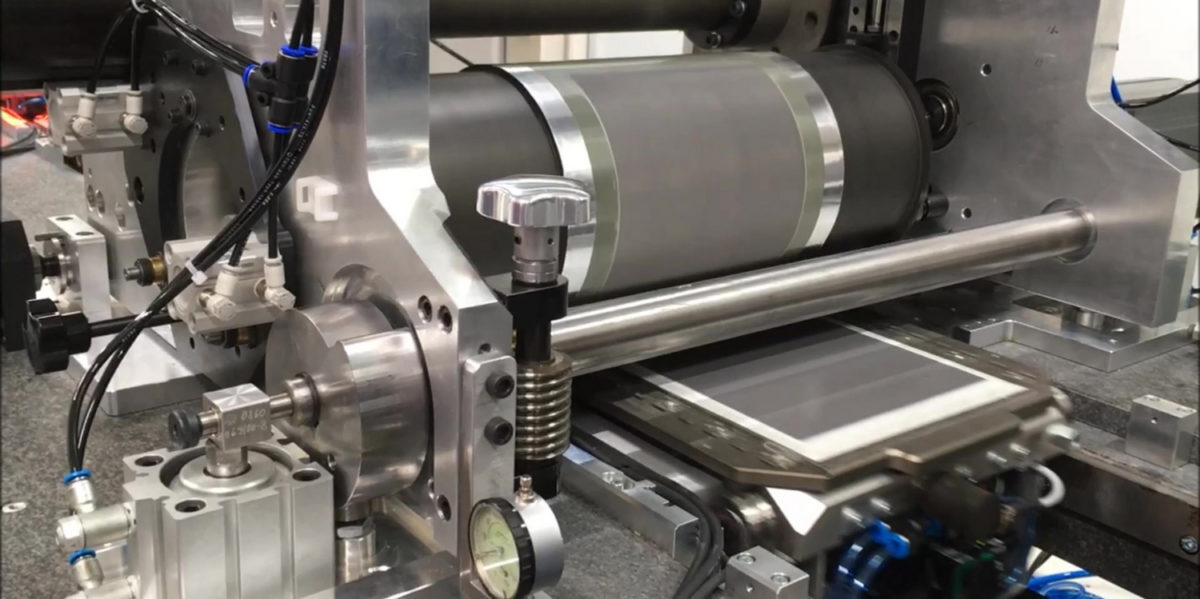


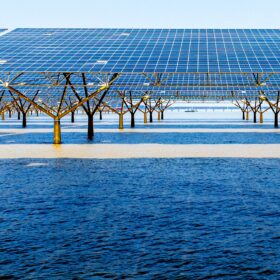
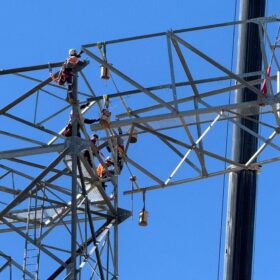
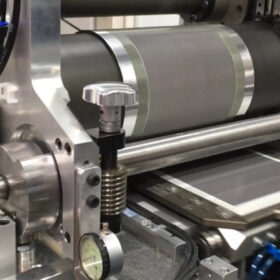
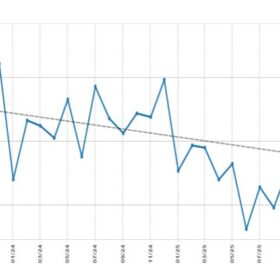

This comment needs more investigation and qualification: “The effect of those [rooftop solar] subsidies, on reflection, was a bucket load of very small systems that people paid almost no money for. When it comes to talking about energy storage, it is clear that there is a huge amount of installed solar out there, the storage retrofit market, but the challenge is that there are a lot of small systems that aren’t big enough to add storage to.”
In energy efficient homes in arid desert communities, some new homes are being built as an “aggregate” solar PV and energy storage communities. It seems in these areas a minimal 2kWp solar PV array is charging a Sonnen ecolinx 20 and is set up for arbitrage at night. The solar PV is less ‘important’ than the smart ESS and its ability to be programmed for buy low use excess stored energy when electric rates are high. A 5 or 6kWp solar PV system could provide a homeowner with ESS the ability to function off grid during power fails using a secondary ’emergency’ C.B. panel that dedicates the ESS inverter as off grid. Backing up a few critical home circuits is better than nothing at all.